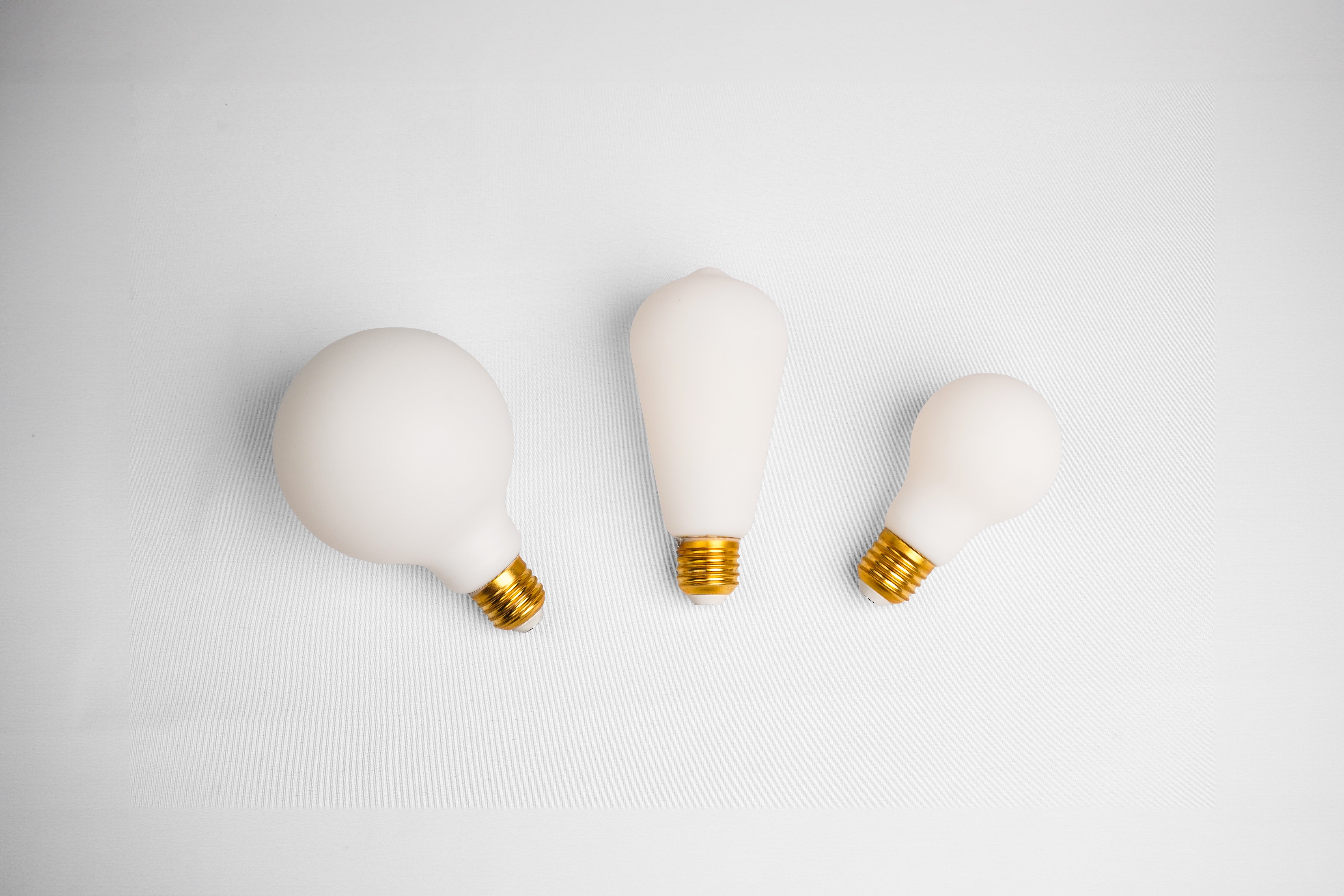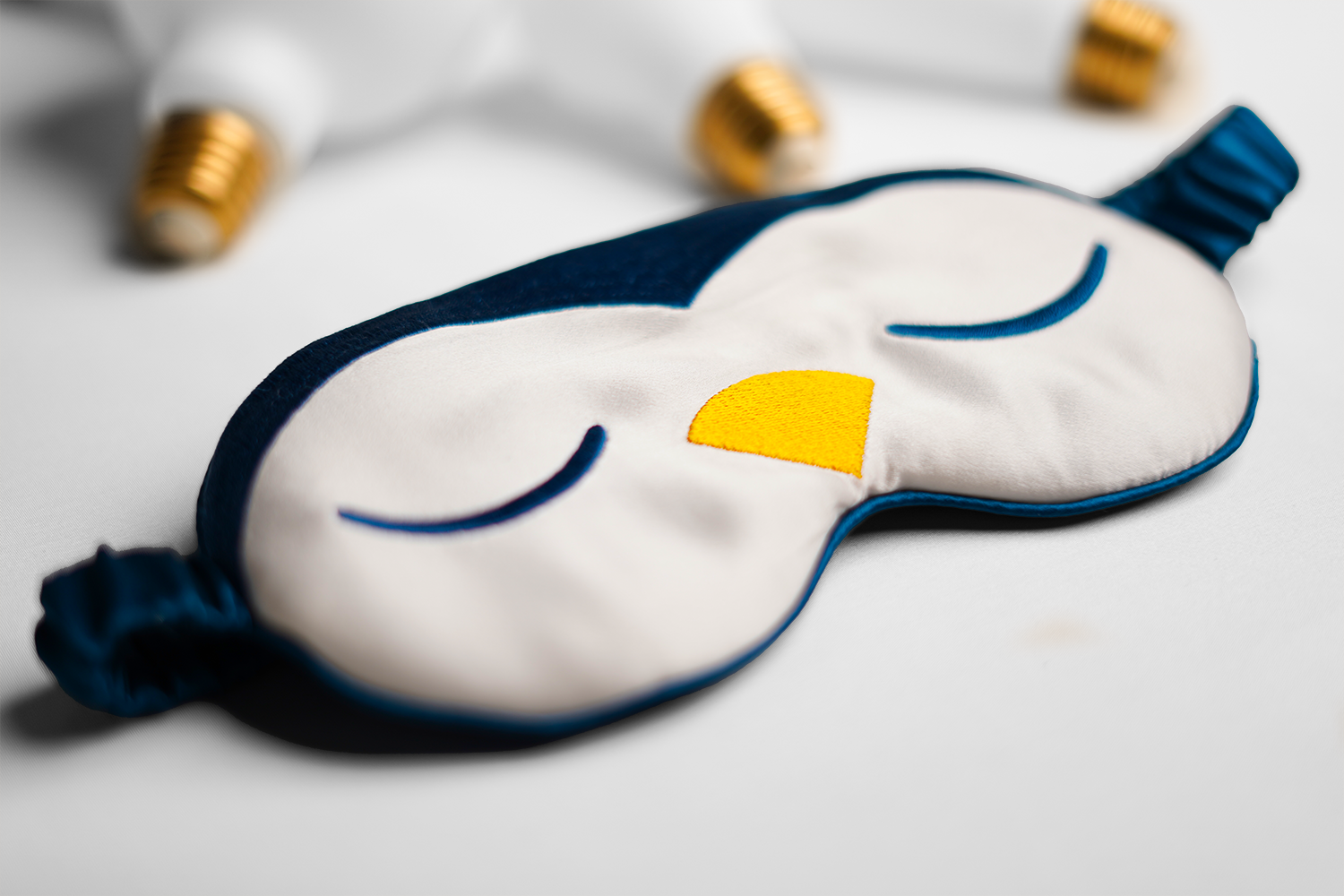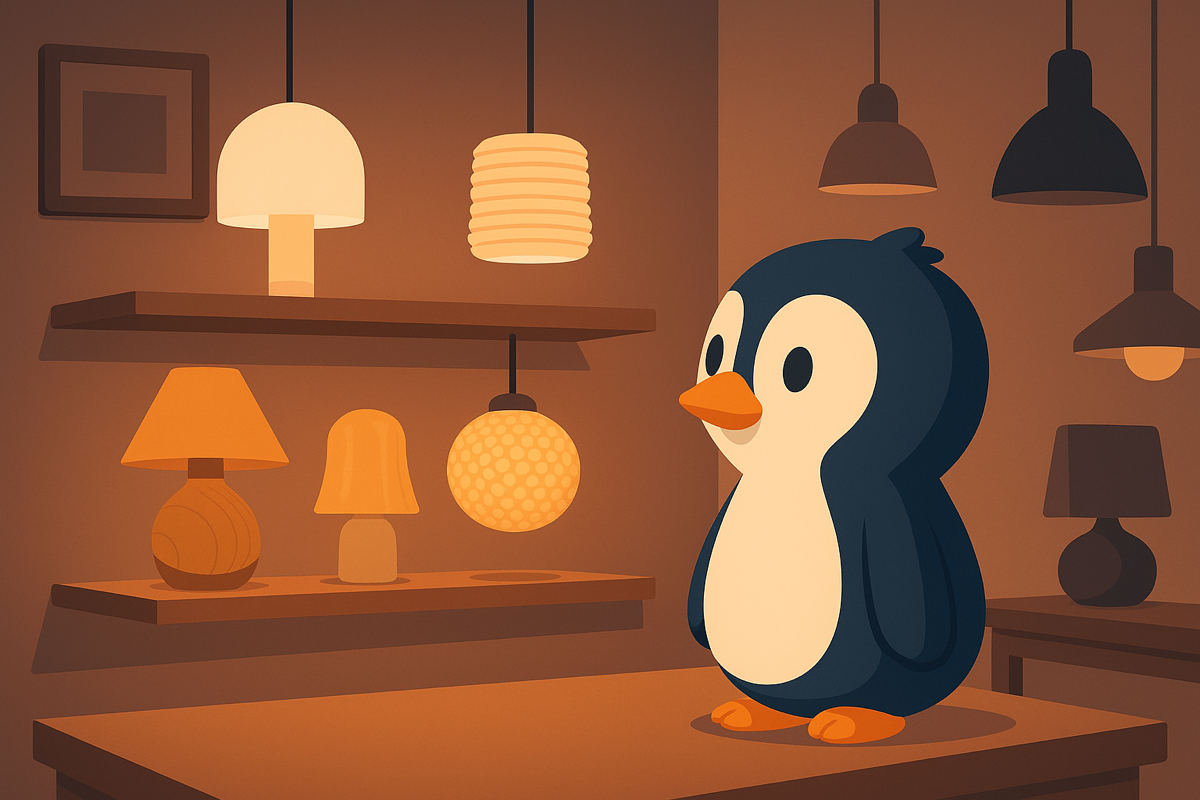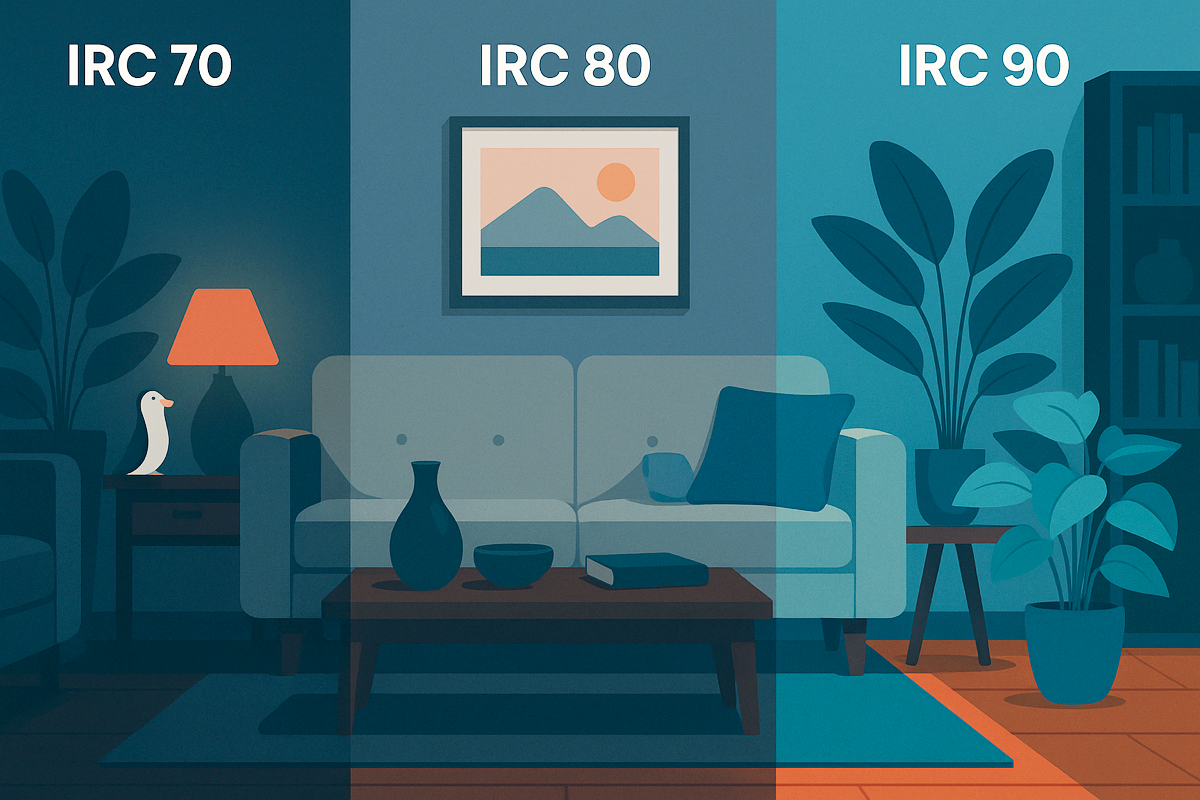Reading time: 9 min.
In short:
The color of light is measured in kelvins, but understanding what that means is far from obvious. Between warm, cool, temperature, and color, the reference points are reversed. And yet, choosing the right light bulbs can change our mood, our energy... and our sleep. We'll explain.
📌 Summary
Kelvin: a counterintuitive measurement
A number in kelvins indicates the color temperature of light. But be careful: the warmer it is, the cooler the light appears... and vice versa. Light at 2700K, called "warm," tends toward yellow. At 6500K, it becomes "cool" and tends toward blue.
This paradox comes from scientific vocabulary: in physics, a higher temperature means more energy, and therefore a bluer light. But in our everyday language, blue is associated with cold, and yellow with warm. In short, it's confusing—but we're here to shed some light.
👉 Read also: understanding kelvins
The natural temperature of light
In nature, color temperature constantly changes throughout the day. At sunrise, the light is soft and golden (around 2000–3000K). At midday, it becomes white and then bluish, around 6000–7000K. In the evening, it becomes warmer again.
This cycle directly influences our biological clock. Cool light stimulates, warm light prepares for rest. Ideally, our lighting should follow this rhythm. But our conventional light bulbs often diffuse a fixed light, ill-suited to every moment.
Reproducing this cycle at home gives your body consistent reference points—as if it were living to the rhythm of the sun, even indoors.
LEDs changed everything
Old incandescent bulbs emitted only a warm light (around 2700K). Then came compact fluorescents, which were often cold. Today, LEDs allow complete control of color temperature.
You can choose a 4000K bulb for an office, a 3000K bulb for a kitchen, or even opt for a "tunable" LED—one that can change temperature depending on the time of day. It's a revolution for visual comfort, but also for health.
It's still important to understand these figures and adapt the ambiance room by room. Otherwise, you risk ending up with light that's too stimulating in the evening... or too soft for working.
How to choose your lighting?
You have two options: plan for several types of bulbs for different times… or invest in smart bulbs capable of continuously adapting their color temperature.
- Prefer a warm light (2700K) for resting rooms
- Use cooler light (4000K or higher) in work areas
Laqi circadian bulbs automatically adjust their color temperature and intensity based on the time of day, season, and ambient light. They respect your natural rhythm without compromising aesthetics.
💡 Discover the Laqi Starter Kits
📦 See the complete product unboxing
💬 FAQ
What is the best temperature to fall asleep?
Warm light (between 1800 and 2700K) is ideal for the evening. It promotes the production of melatonin.
Do I need different bulbs for each room?
Not necessarily. Adaptive bulbs cover all uses with a single light source.
Can I adjust the temperature myself?
Yes, with some smart bulbs. But the Laqi algorithm does it for you—and better.
Rekindle your days, without turning off your nights.
Why settle for fixed light when our bodies need nuances? Switch to adaptive lighting that respects your circadian rhythm.














